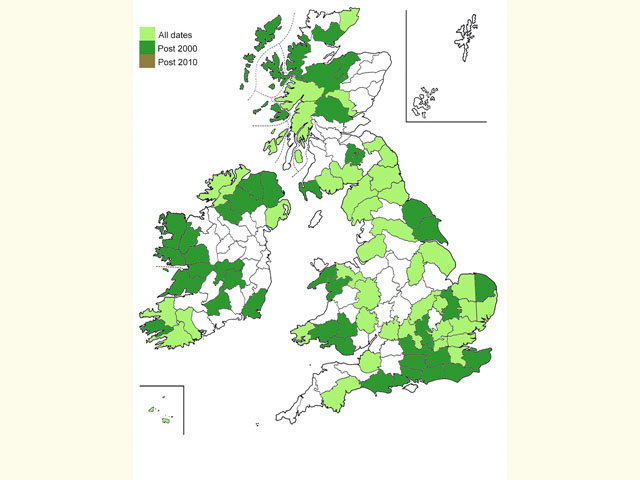Notodontidae
71.028 Small Chocolate-tip Clostera pigra (Hufnagel, 1766)
Notable B
Similar species: This moth lacks the chocolate area in the outer corner of the forewing like the other chocolate-tips and is therefore unlikely to be mistaken for any other British or Irish species.
Forewing: 11 to 14mm
Habitats: Damp habitats, carr, marshes, fens, dune-slacks, damp heathland and damp open woodland.
Habits: The moth occasionally flies during the day. It comes to light usually late at night.
Foodplant: The nocturnal larva feeds at first gregariously on Creeping Willow or Eared Willow. It has also been recorded feeding on low-growing Aspen. It hides between spun leaves during the day. In captivity it has been reared on Grey Willow and Crack Willow. Pupation takes place spun between leaves of the foodplant, which in the second brood fall into the leaf litter in the autumn.
On the European mainland it has been recorded feeding on Aspen and other poplars.












